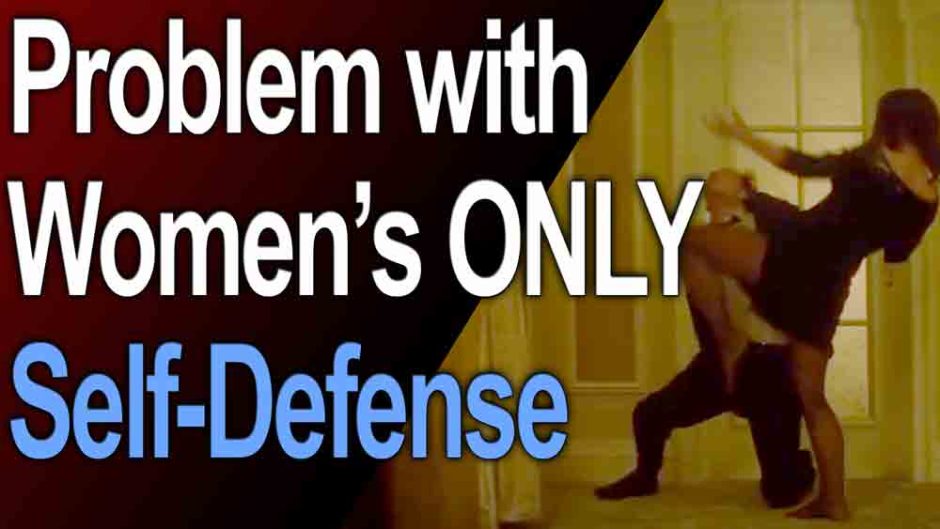When it comes to trapping or grappling you can react much quicker to touch than to sight.
Think back to playing bloody knuckles as a kid. You could react much quicker when you felt their hand move than by looking. (If you need to, play a game of bloody knuckles with someone.) This is because of the speed at which various nerve signals travel to the brain and how fast the brain can process different types of neural stimuli.
That is why in Wing Chun there are countless tactile drills such as sticky hands and a Wing Chun wooden dummy to practice on.
One way to dramatically improve your reaction timing and sensitivity is blind-folded training.
Now blind folded boxing won’t get you anything except a black eye. Boxing is primarily a vision reaction sport. But grappling on the ground and trapping range is done more by tactical feel.
So, put on a blind fold (you can close your eyes but a blind fold is better) and practice rolling your training partner who is in the mount. Practice passing the gaurd and keeping the gaurd. Practice rolling them from the butterfly gaurd. Work various joint locks.
I recommend going slowly at first with your partner so you can learn to “feel” their weight and body positioning. Eventually you should be able to do full randori (ground sparring) with your eyes closed. The only time you will need to open them is if you lose contact with your opponent.
For trapping range you can practice chi sow (sticky hands) or hubad lubad drills or other trapping drills while blindfolded or with eyes closed or while looking at something else in the room.
Clearly this is a specific mode of training, that doesn’t mean that if you get into a real fight or tournament that you want to keep your eyes closed. But the time you took building the sensitivity will pay off big time.
Until next time,
Brian



